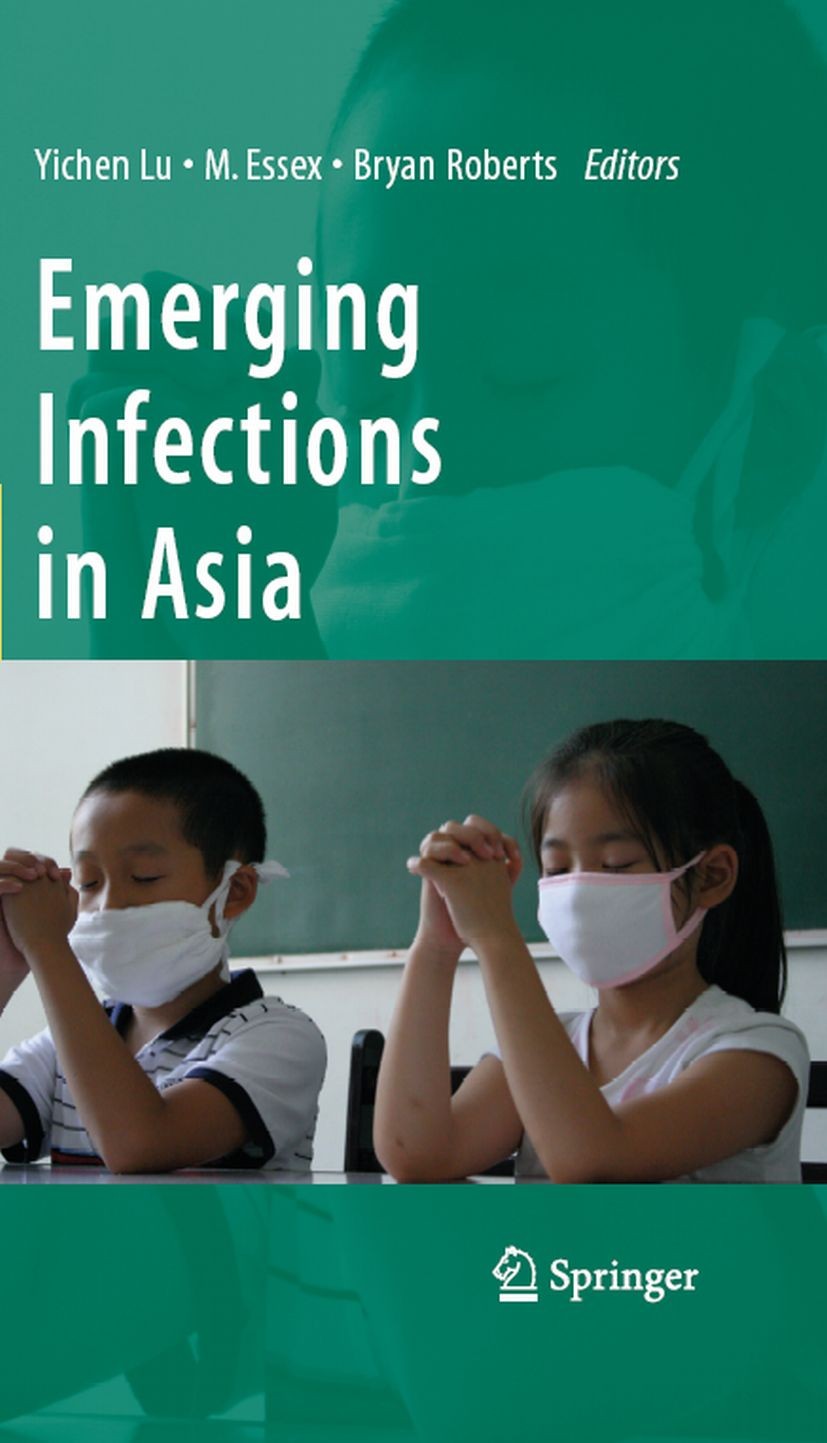| 书目名称 | Emerging Infections in Asia | | 编辑 | Yichen Lu,M. Essex,Bryan Roberts | | 视频video | http://file.papertrans.cn/309/308268/308268.mp4 | | 概述 | The volume will be a timely and relevant work, especially given the recent bout of outbreaks featured in the news.The editors and contributors are all prominent and highly-respected in the field.The t | | 图书封面 |  | | 描述 | The number of people who live in Asia is greater than the total number of people who live in the rest of the world. More than 160 cities in Asia have a population of at least one million people. Thus, when new infectious diseases threaten popu- tions in Asia, huge segments of the global population are at risk. At the same time, Asians are thoroughly integrated with the rest of the world, providing skilled exp- tise and becoming trading partners in all continents. Infectious diseases ordinarily show no preference for infection or disease according to race or ethnic background. A few exceptions exist, due to the host– pathogen evolution that happened before the recent era of rapid travel. Such exc- tions occur usually because the infectious agent was newly introduced to one population only after having existed and evolved for hundreds or thousands of years in a different population. As air travel became popular in the last few generations of people, it became increasingly difficult for populations to remain in isolation. Thus, in 2003, SARS in China rapidly became SARS in Canada. Throughout history, a major source of new infections of people has been old infections of animals. For so | | 出版日期 | Textbook 2008 | | 关键词 | AIDS; Public Health; avian influenza; epidemics; epidemiological | | 版次 | 1 | | doi | https://doi.org/10.1007/978-0-387-75722-3 | | isbn_softcover | 978-1-4419-4541-9 | | isbn_ebook | 978-0-387-75722-3 | | copyright | Springer-Verlag US 2008 |
The information of publication is updating

|
|
 |Archiver|手机版|小黑屋|
派博传思国际
( 京公网安备110108008328)
GMT+8, 2025-11-12 11:27
|Archiver|手机版|小黑屋|
派博传思国际
( 京公网安备110108008328)
GMT+8, 2025-11-12 11:27


